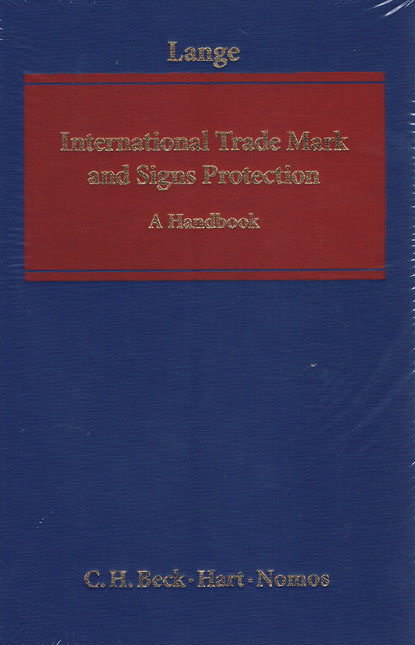
This Handbook is concerned with the law of trademarks and related signs - company names, domain names, indications of geographical origin, work names and other names.
It consists of a series of comprehensive and practical reports from 14 of the world's most important economies - Austria, Belgium, Canada, China, the Czech Republic, France, Germany, Italy, Japan, the Netherlands, Portugal, Russia, Switzerland and the United Kingdom - each detailing the present state of the law in that jurisdiction. Each country report is between 40 and 120 pages long. (The law of trademarks in the US will be dealt with in a future second edition),
For many multi-national companies their knowledge of trademarks and signs has never been more important. Infringement of valuable signs and trademarks can lead to multi-million dollar disputes and correspondingly large settlements and awards.
This Handbook is designed to enable multi-national enterprises to understand the different legal environments in which they operate and to plan their legal and commercial strategies accordingly, avoiding disputes and protecting their own IP assets. Moreover, the Handbook enables communication with foreign advisers and helps to avoid the pitfalls and misunderstandings arising from advice and information given and received across borders.
Besides being organised by jurisdiction, the book deals with all types of trademark or sign using the same analytical method (formation, cancellation, proprietorship, transfer, licence, conflicts between signs, scope of protection, opposition to registration, types of claims and procedures) and in respect of each jurisdiction the authors set out the best strategy for safeguarding the goodwill related to trademarks and signs. The second and third parts of the handbook offer an overview of modern approaches to the marketing of trademarks and signs, as well as accepted market valuation methods.
The system used to organise the account of trademark law in each country facilitates straightforward and quick access to the relevant laws. Within each country report the authors focus on potential conflicts between signs and trademarks, thus adding to the practical value of the book.
The authors are all experienced and well-known experts in their own countries, whose collective approach to writing emphasises making the content clear, coherent, concise and practically-oriented.